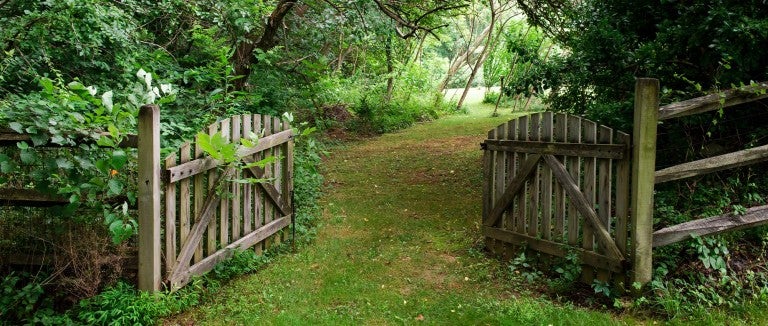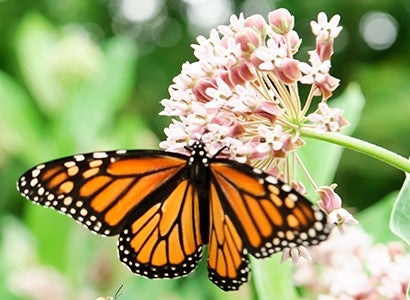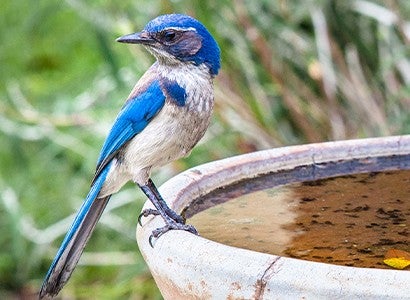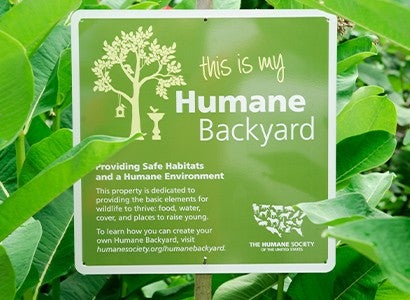The house next door sits vacant, placed on the market after the last renter moved out. A succession of owners has knocked down walls, replaced carpeting and installed standard-issue appliances.
Edging the exterior are shrubs from conventional landscaping palettes, including invasive species that encroach on wildlife habitat. The lawn receives a weekly crew cut by men on riding mowers, followed by gas-powered trimming and leaf blowing.
Though a real estate agent would call the property unoccupied, the box turtle who sometimes crosses the yard might beg to differ. The cardinal perching in the lone tree defies that sentiment, too.
Unlike humans, an adaptable species that can find food and shelter around the globe, many wild animals have limited ranges—and may never venture beyond our backyards. Unfortunately for these creatures, homeowners usually focus more on readying properties for resale than nurturing a home for other species. Research reveals that even when people want to garden ecologically, the desire to match the Joneses’ sterile turfgrass yard—and maintain cookie-cutter appearances for the real estate market—is a more powerful draw.
But helping wildlife and meeting community standards aren’t mutually exclusive. Research also shows that well-kept ecological gardens influence people’s preferences for more diverse yards. By incorporating the following visual signals of care, we can fit in with all our neighbors, even the wild ones—and inspire more oases for animals.
A humane backyard is a natural habitat offering wildlife plenty of food, water and cover, plus a safe place to live free from pesticides, chemicals, free-roaming pets, inhumane practices and other threats. And it's so easy to build!
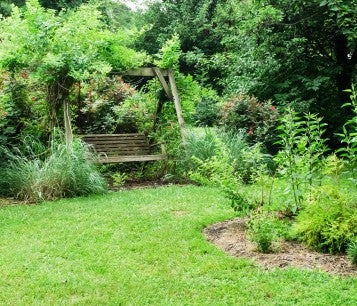
Want more content like this?
This was written and produced by the team behind All Animals, our award-winning magazine. Each issue is packed with inspiring stories about how we are changing the world for animals together.
Learn MoreSubscribe
